Monday, April 22, 2019
This is my last port of call in Portugal, and my last on the Iberian peninsula. Spain and Portugal are places I would like to see in more detail in the future! Now, if I could just find a few friends who would care to join me…
Where am I?

What did I see, first thing this morning?

We’re moored at the quiet cruise ship port at the Port of Porto, Portugal, the place where tourist are imported and port wine is exported. Our gangplank is on the port side (appropriately, I’m happy to report) and I’m ready to pass through the ship’s portal and explore the city of Port!
What’s been happening?
It’s another shore excursion day, but this one does not involve a beach. Instead, I’ll enjoy a river cruise on the Duoro River.
As usual, the busses are all lined up and ready for us first thing in the morning. On the way out to meet them we pass through the Porto cruise terminal which is a stunning work in tiles. Over one million of these oddly-shaped tiles line every passageway and room in the terminal.

Today, it is cold outside. It’s completely overcast, a bit windy and our high temperature should be in the upper fifties. There is a chance of rain. I’m all bundled up and hoping that the bus will be warm. Looks like I didn’t pick the best day for a river cruise.
As our bus pulls out of the terminal and heads into the city, our tour guide reminds us that we’re actually in the town of Leixoes and that Porto, proper, is a few miles away. On the way to Porto we drive through some nice neighborhoods and past some interesting sights.
The first thing that catches everybody’s eye is something that was designed to catch fish! This huge monument is a fishing net of the type traditionally used by Portuguese fishermen. It sits in a park near the fishing port and is a memorial to the fishermen who have lost their lives in the industry.
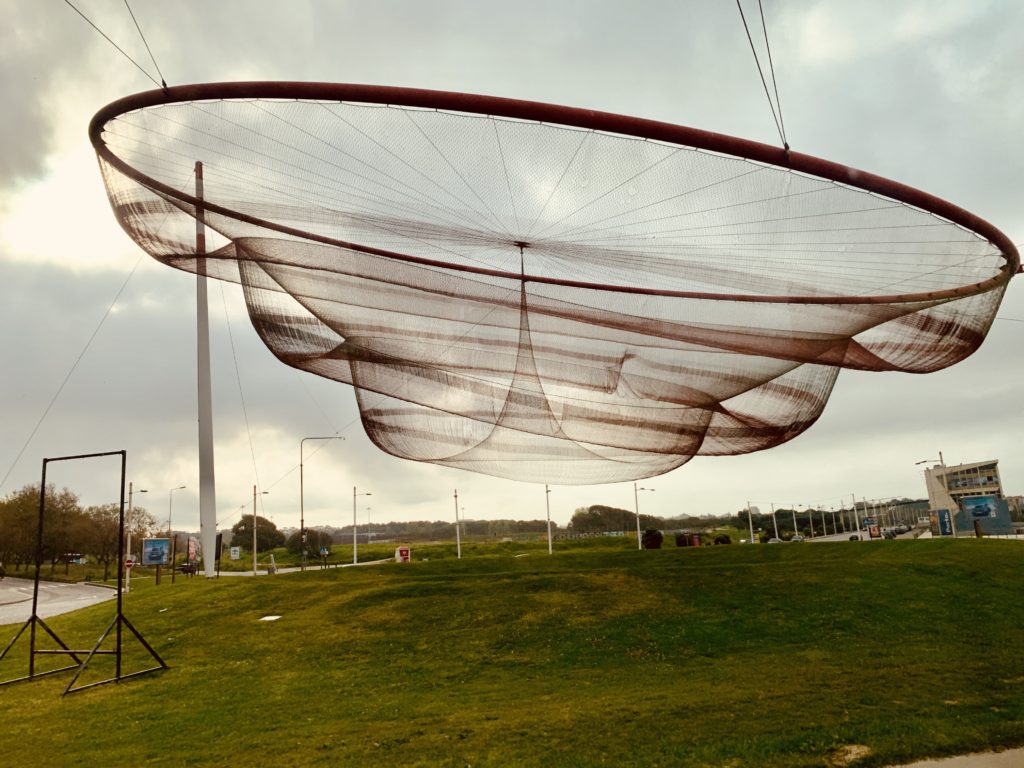
There are also some very nice (and very old) houses that face the ocean in the town of Foz (pronounced fosh) like this one:
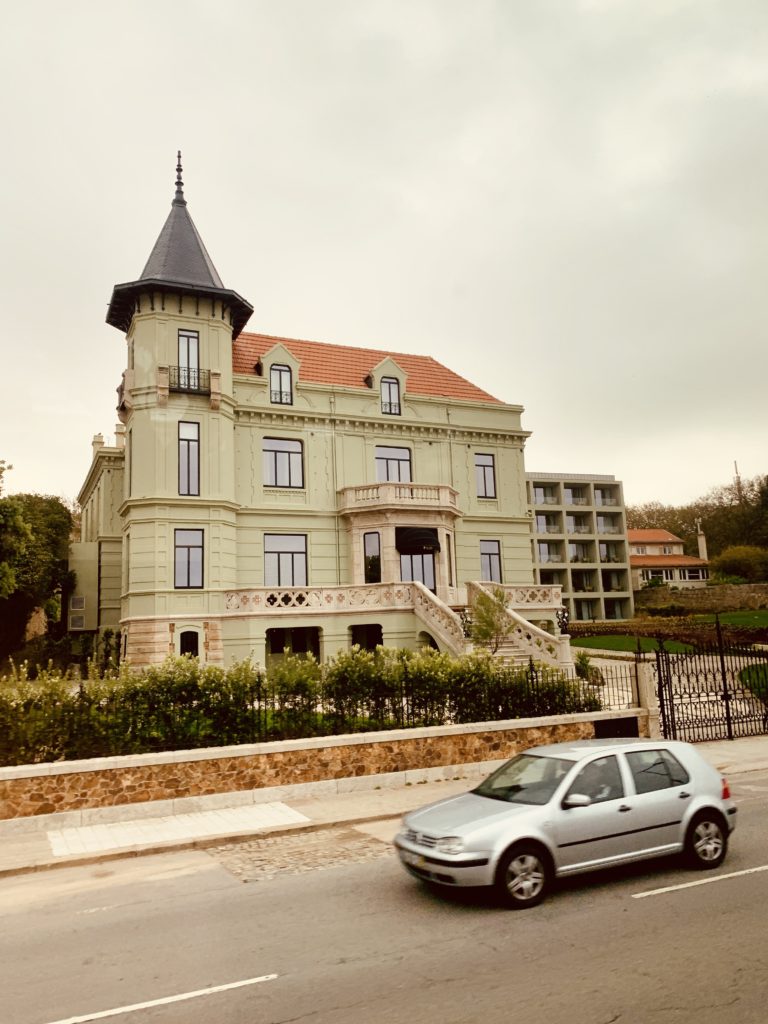
It soon becomes clear that Porto, unlike Lisbon, has never suffered a devastating earthquake and still has many edifices that are very old, indeed. For example, still in Foz, we passed the fortress of Santa Catarina that was built in the 1500s to discourage pirate attacks.

As we enter Porto, the houses look very much older and the neighborhoods not so resort-like.
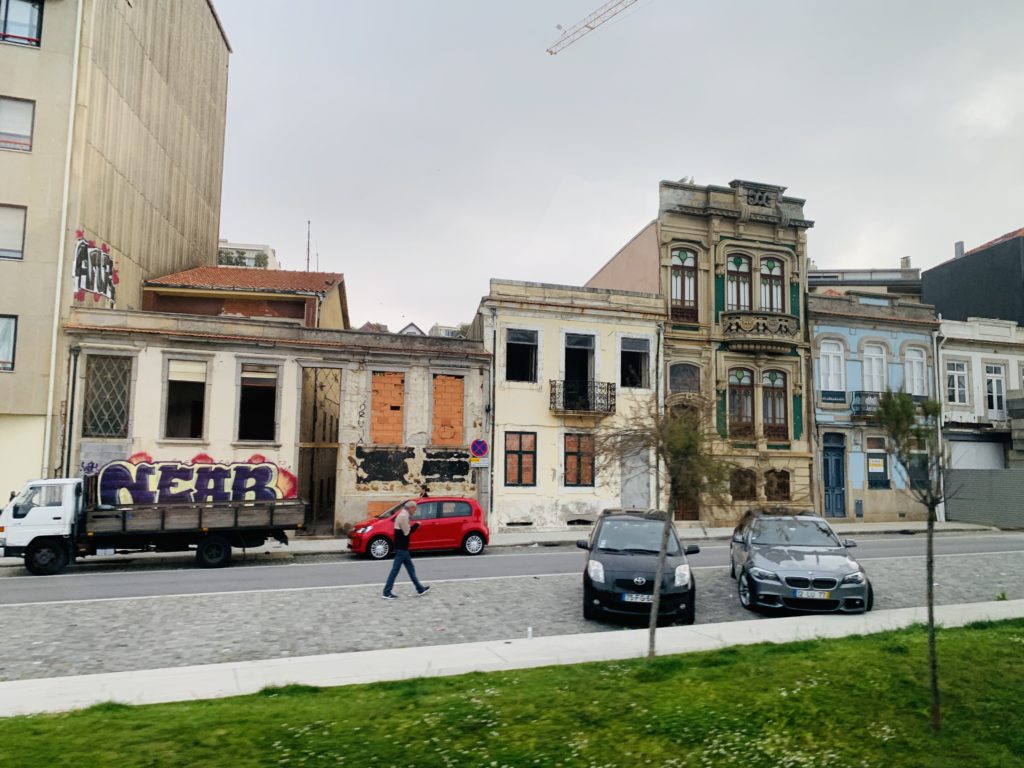
Not very long after, we turn the corner where the Duoro River meets the Atlantic Ocean. The Duoro River is huge! It drains much of the northern Iberian peninsula and meets the sea right here. Just a few blocks up the river and we can see a sight that people have been admiring for many hundreds of years.
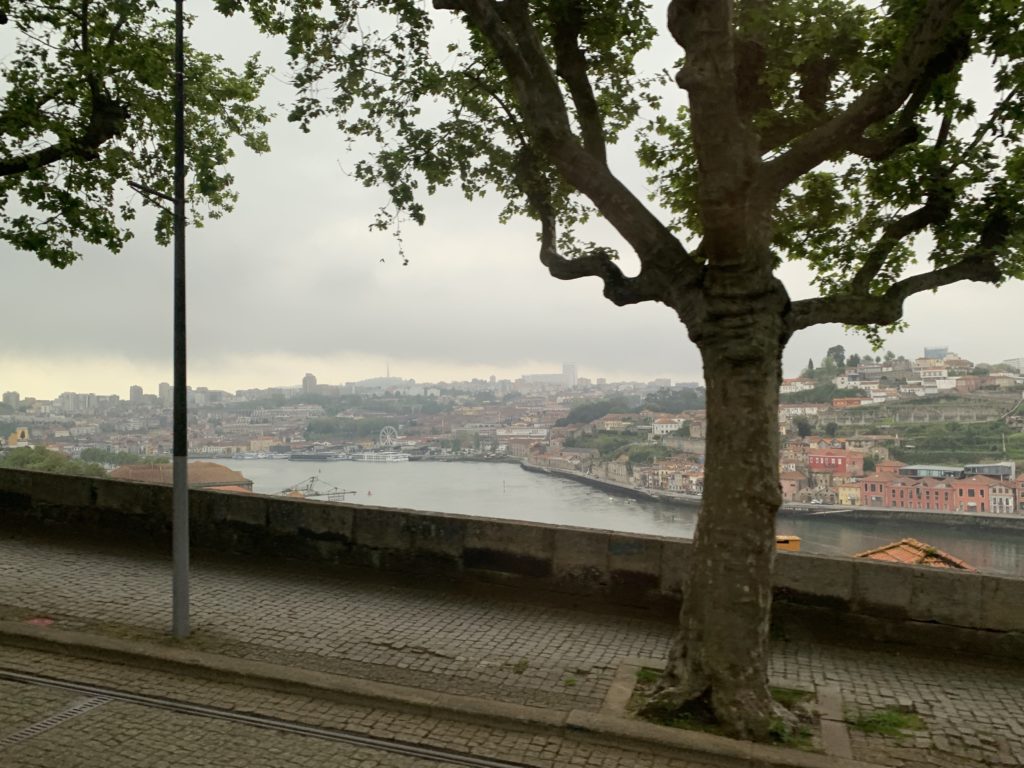
At this point we’re headed to our riverboat to enjoy a cruise up and down the river’s port area, but first we take a scenic drive around town. I’ll show you some of the views that I found interesting, even though I don’t really have much of a story about any of the sights in particular.
So many of these buildings look not only old but also run down and vacant. As it turns out, there’s a reason for this. In Porto old buildings are protected by conservation laws. These laws state (among other things) that the styling and construction of the outside of a building may not be altered and must be preserved. This presents a problem for somebody who wants to open a business in the downtown area. If you are a “ma and pa” type of business you will likely find that the cost of refurbishment for any of these old buildings is far beyond your reach. This is especially true for the buildings that are, today, little more than windowless exterior walls with collapsed roofs.
It seems as though the only way these buildings are getting refurbished and reused is if some deep-pocketed corporation is willing to invest the money to make it happen. This has been the case in downtown Porto as huge hotel corporations have stepped in to buy a building, clean it up, add modern amenities and open a new hotel. Also, there is a McDonald’s fast-food restaurant in town in a refurbished building and it is the only McDonald’s (to my knowledge) that has massive chandeliers hanging from the ceiling that are a good match to the historic appearance of the outside of the building. McDonald’s can afford it. Others cannot.
The good news here is that Porto has been able to preserve its architectural heritage, at least to some degree. The bad news is that small businesses like shops, cafés, and craft beer breweries cannot afford to open in the downtown area, and these are the things that people who might frequent that area want to see. Also, I was told by our tour guide that many feel there are already too many hotels downtown. It’s a conundrum.
At some point the bus stops and we exit. But, we’re still not at the place where we board the boat for the river cruise. First, a short walk down Rua da Riboleira. This narrow street and several of the buildings that line it, were all created in the late middle ages. Look at the size of the street! I might add that while we were walking down this street happily snapping photos, a car actually tried (and succeeded) to pass through us. Sometimes, when modern meets ancient, people can get hurt!

At long last we come upon our river cruiser. I’m expecting something long, low, and luxurious. I find something short, squat, and scruffy. Furthermore, the boat you see in the following photo is not our boat. Our boat is the one behind the boat you see and so we had to cross one floating vessel to reach the other. Once again, I’m very happy I did not need the use of a walker as one or two in our group did.
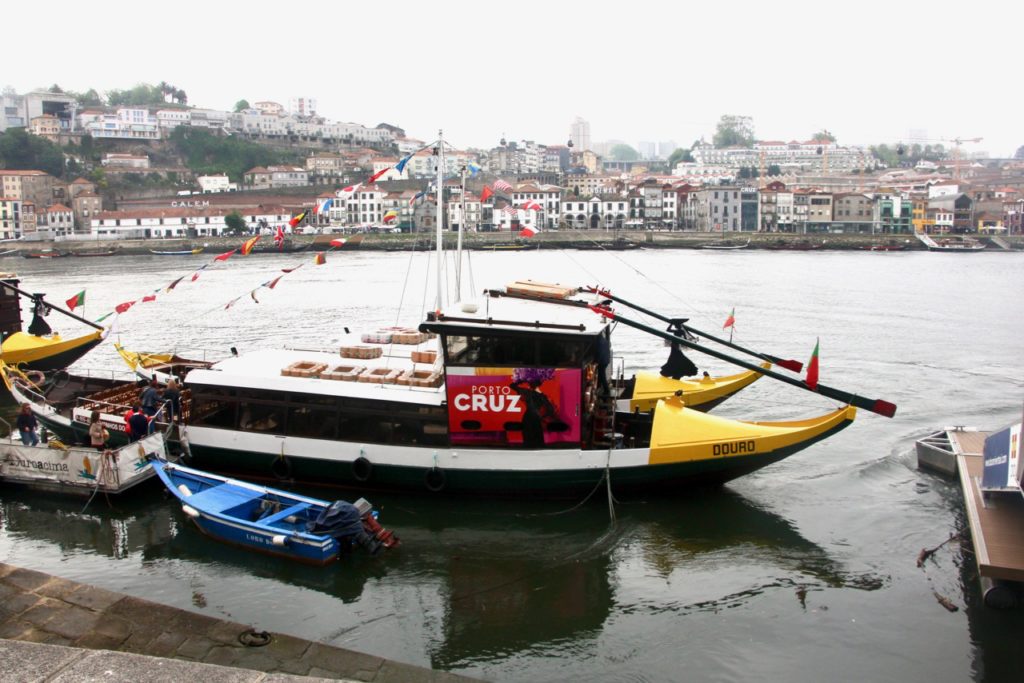
Once our bus group and one other had filled our boat to capacity, we were ready to set sail. The boat had a loudspeaker system that played a recording that was intended to point out the various attractions that we would see on our boat ride. But, there were two problems with that system: 1) The announced sights were out of sync with our actual location, and 2) with the wind and the splashing of the bow (which was where I was seated) it was nearly impossible to hear the announcements anyway.
So, I have prepared for you a little video to help you experience what I experienced, only perhaps with some nice enhancements. First, you don’t have to be out boating in the cold wind. Second, you can listen to some very nice music instead of the droning wind. The video is almost exactly three minutes long, so I strongly advise you to take the full three minutes, try to relax, control your breathing, and live in my moment.
Now, if you don’t have time for meditation and just can’t sit through that long, three minute video, here’s a few photos so you don’t go away feeling empty handed.
Clearly visible throughout our tour was the amount of graffiti. It is truly everywhere. It’s a blight on this otherwise stately historic town. However, If one is going to create graffiti, one should, at least, do it with some humor and artistic flair. Like this:
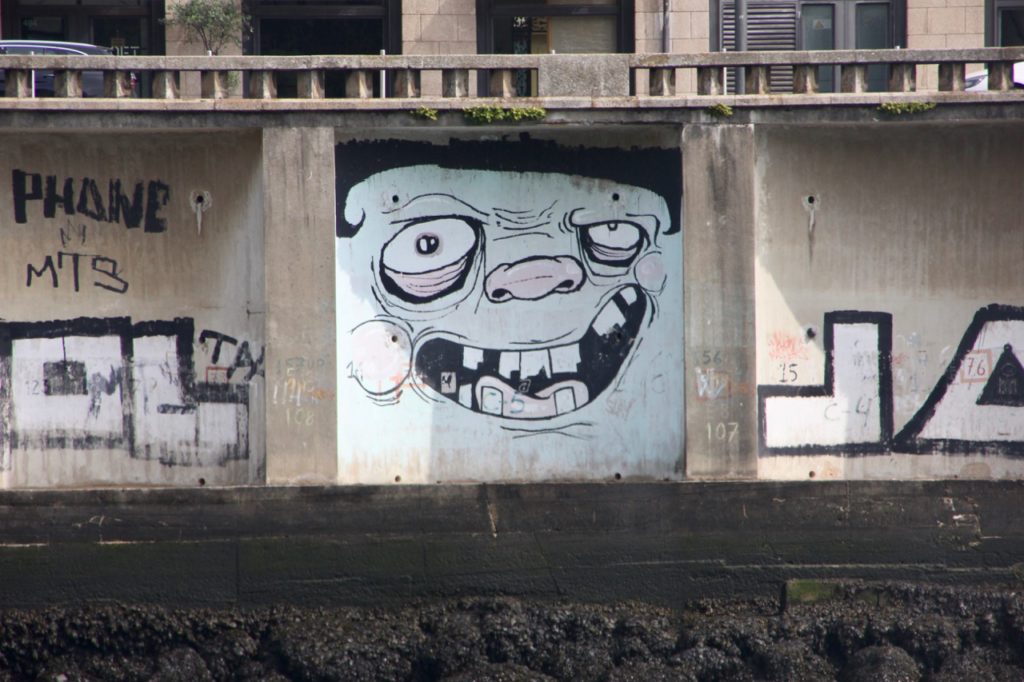
Once our boat ride was complete, we tied up on the opposite side of the river in Gaia in order to continue our tour. Now, everybody should know that Porto is famous for the port wine produced here. But, there are a couple of things that you might not know about port wine. (I took a tour, so I’m now writing as an expert! <grin>)
One: Port wine made Porto famous, but the Portuguese did little to initially develop the port wine trade. Ya know who did? The English!
The English were used to getting their wines from France, but sometimes the English and the French didn’t get along. This was true in 1703 when a new treaty between England and Portugal was signed. Part of that treaty allowed port wine to be imported into England with very low duties. Suddenly, port wine had a new and very lucrative opportunity in the world, and the rest is history. Doubt that the English had much to do with the popularization of port? Just look at these names long associated with fine port wine: Broadbent, Cockburn, Croft, Dow, Gould Campbell, Graham, Osborne, Offley, Sandeman, Taylor, and Warre. Not a lot of Portuguese names in that list.
Two: Port wines don’t really come from Porto. The wine is created upriver in the Duoro valley. Then it is warehoused and aged in the chalk caves of the town of Gaia, across the river from Porto. And, that’s why we tied up across the river from Porto. We’re now in Gaia and we’re off to taste some port wine!
Our wine tasting was hosted by the Poças company, a wine producing and distributing company in Gaia. The company has been family owned for four generations and their wines are available worldwide.

Inside the building are barrels upon barrels of aging port wine. Literally, I mean barrels upon barrels!
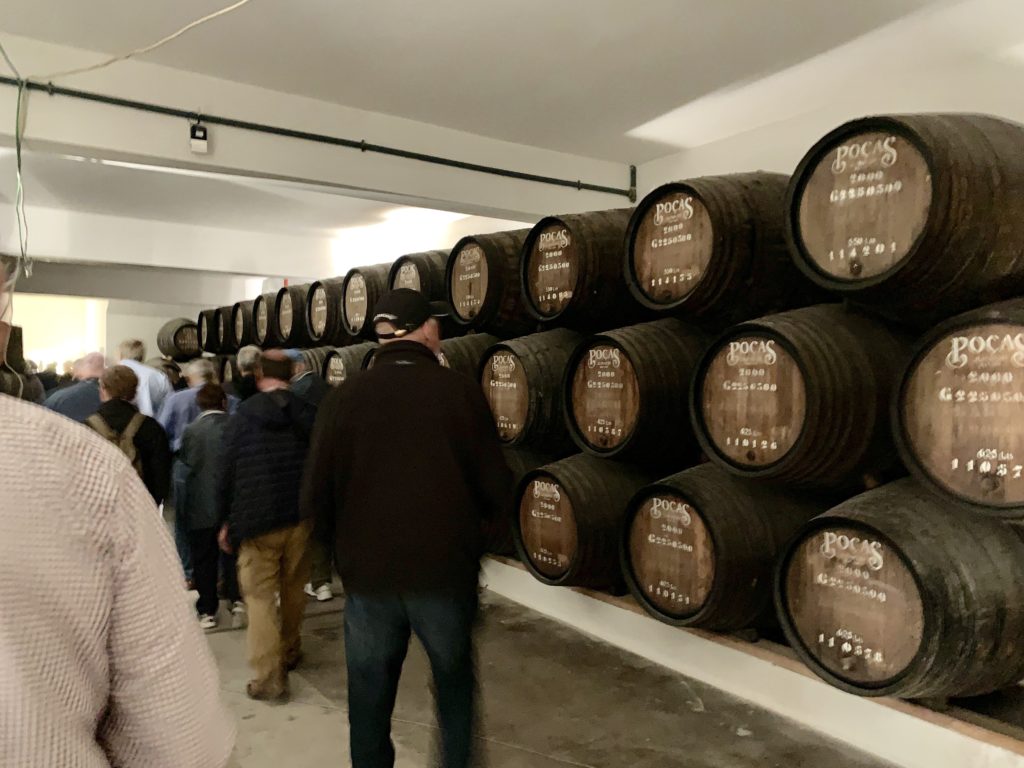
And, in the very back of the stored wines were lurking a few prized barrels of fine vintage going back to the beginning of Poças in 1918! I have no idea what a 100 year old port might taste like, but I did find a vintage that interested me. A wine of nearly the same vintage as I. Although no amount of this wine was available for sale and no tasting was offered, I’m sure that this vintage and I share many traits. Oh yes, I’m sure that it is sweet, properly aged, and highly desirable to those who know a good thing. Wouldn’t you agree?
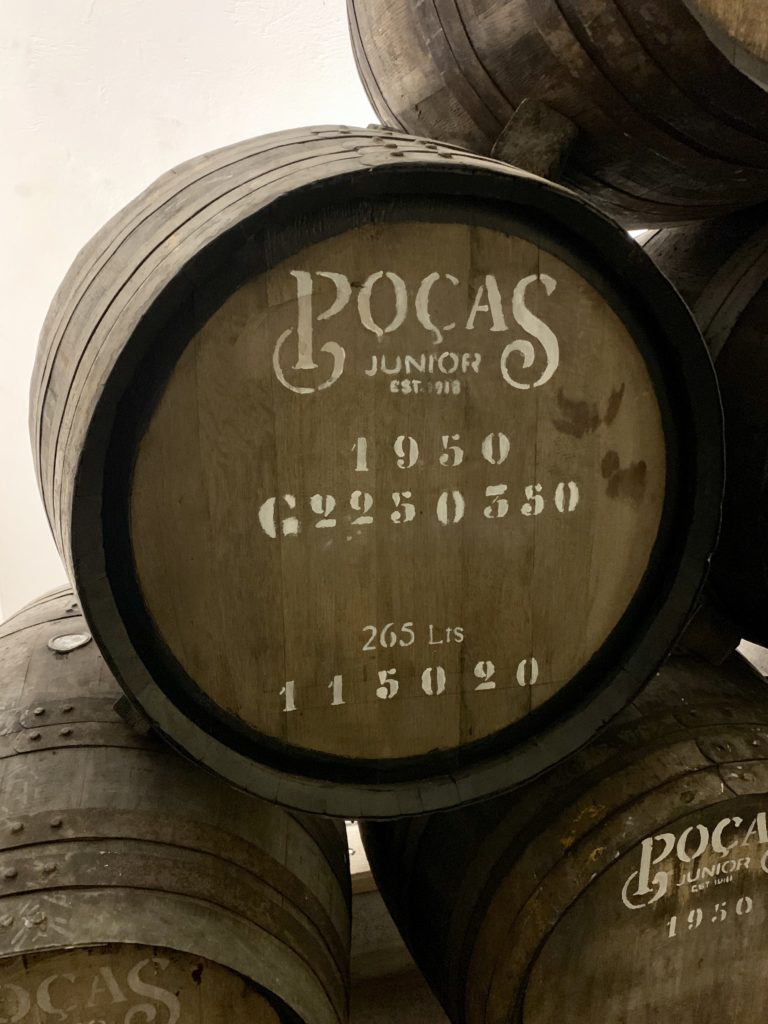
Wait. Why not?
On to the tasting. There were so many options for tasting that I found it difficult to decide what might be best. I mean, they offered two white ports (sweet and semi-sweet), a rosé port, a ruby (sweet and semi-sweet) and a tawny (sweet and semi-sweet.) However, we were allowed to taste only two of them. I felt some pressure was I tried to decide which ones I really wanted to try. For example, I really love tawny ports, but there was a white port and I’ve never tried that. Would it be good? The rosé port is one that is expected to be consumed early after production. Would that be best? Dunno. At that point I thought about the cold cloudy weather outside and the 70% chance of rain in the forecast. I found myself wishing that the sky would just open up and really give us a good dowsing. You may be asking yourself what the weather has to do with choosing a wine. Well, while I could not make up my mind about which wine to try under the current circumstances, I knew that I’d be willing to try any port…
…in a storm.
After our tasting, it was time to return to the ship. On the way out, however, I did select a bottle to take back to the ship and share with my dinner table-mates over dessert. Here’s the one I picked, even though I never sampled it.
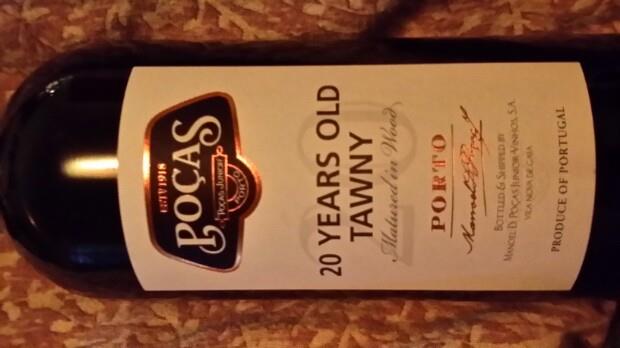
I had our wine stewart open and serve this to everybody with their dessert tonight. It was wonderful!
So, what’s coming up?
Tomorrow we have a day at sea. Yay!
G’night.

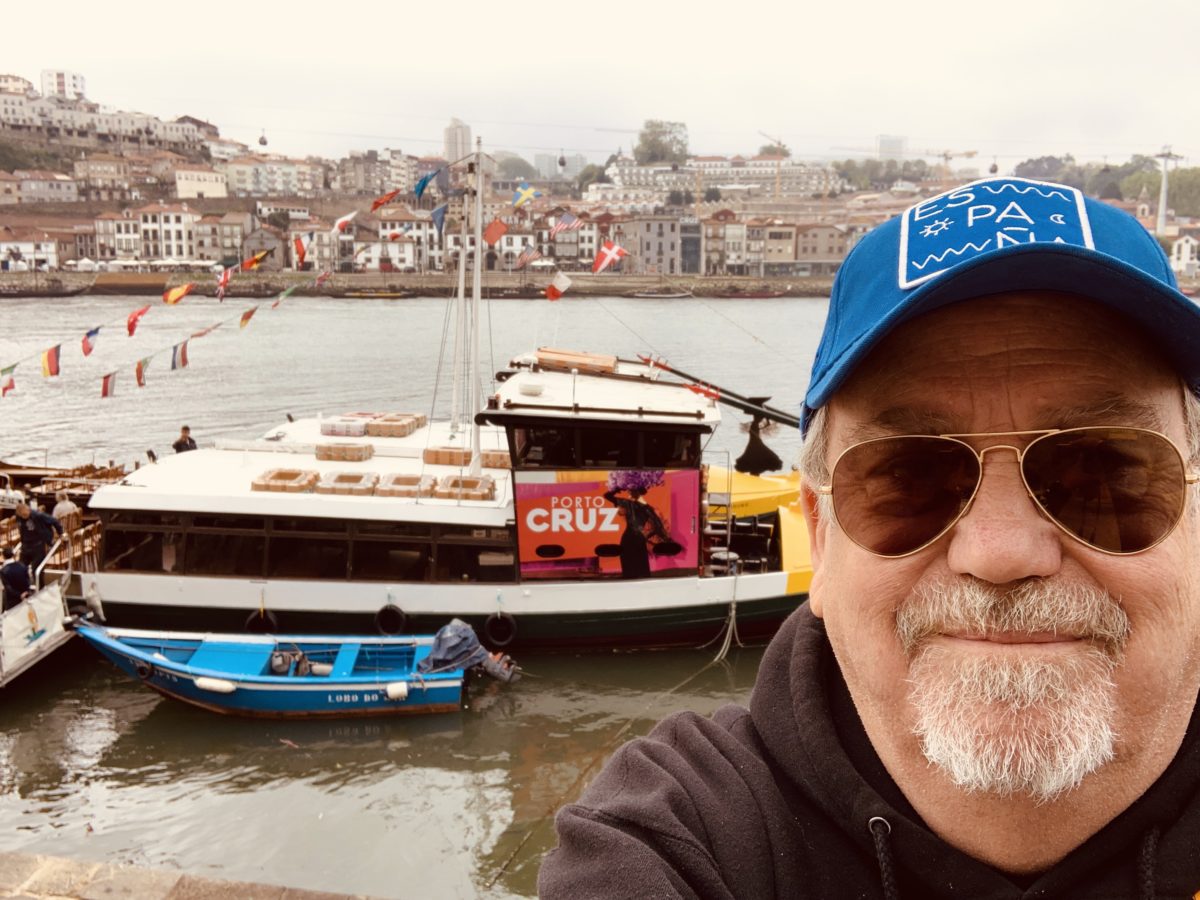
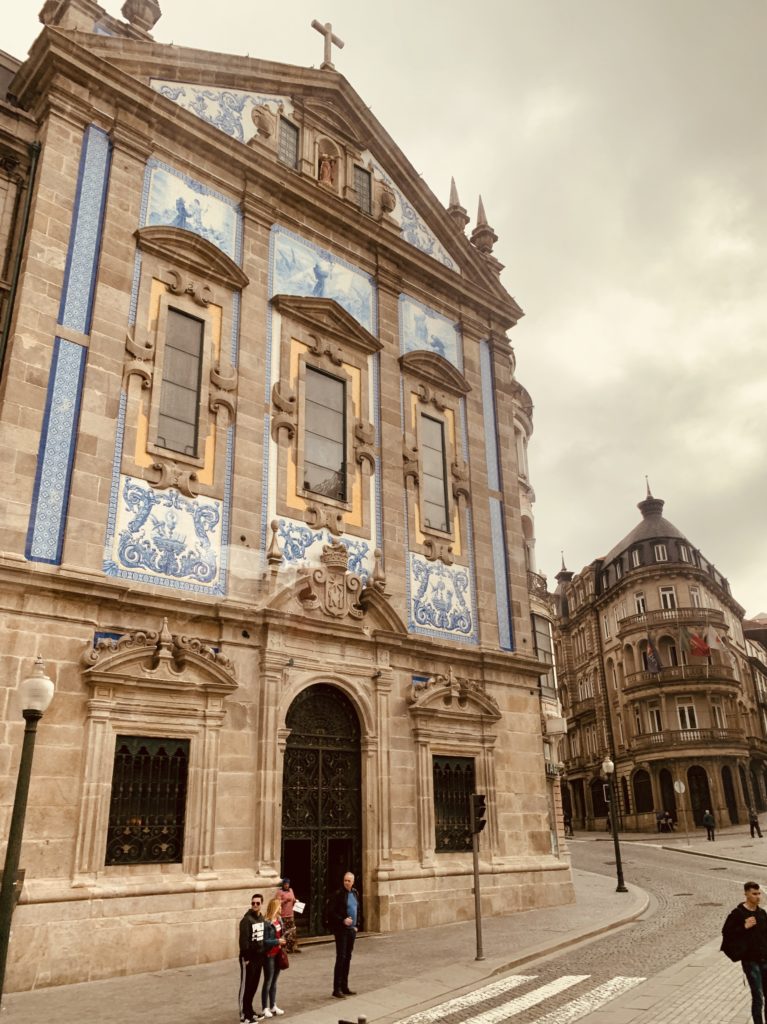

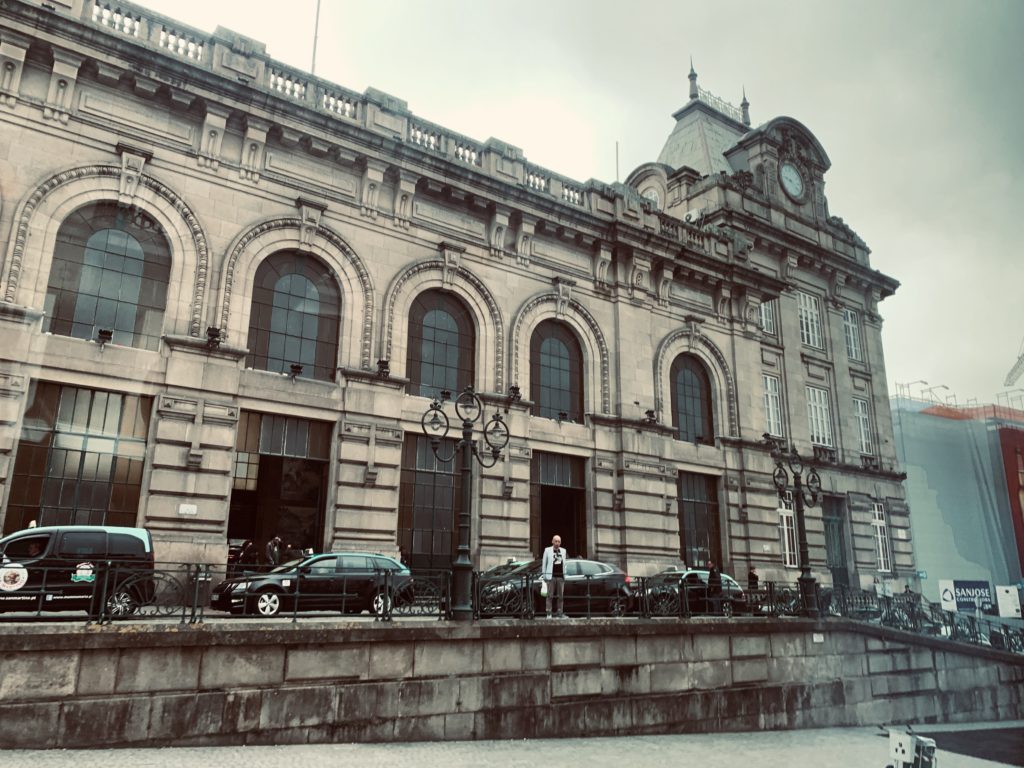
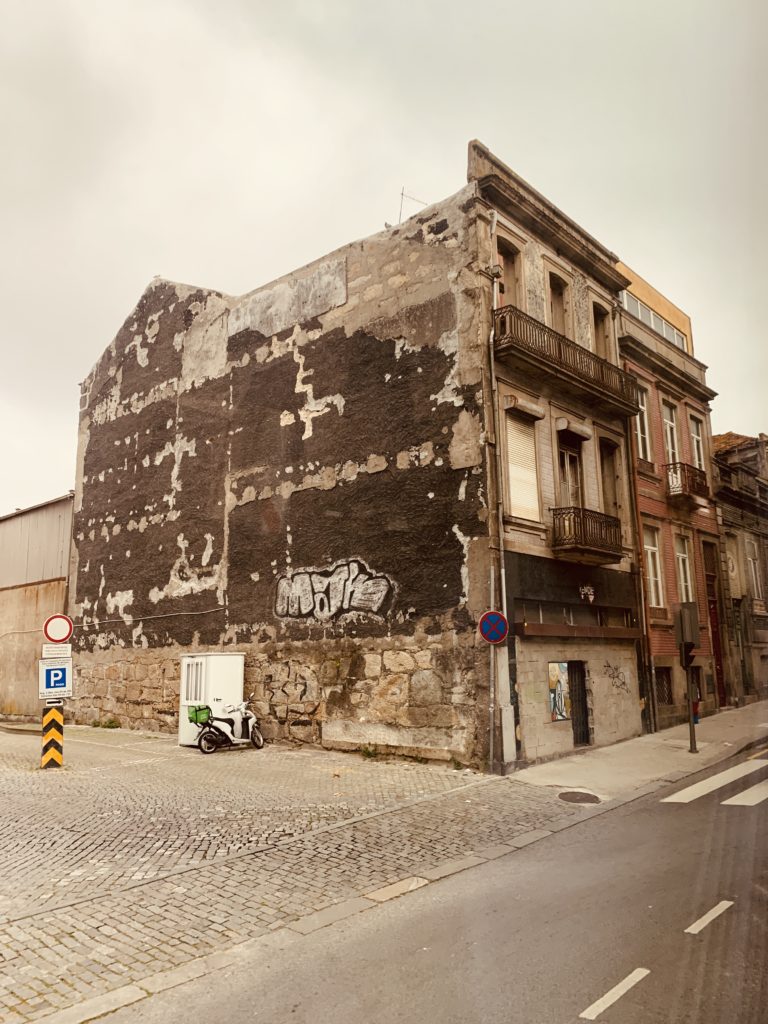

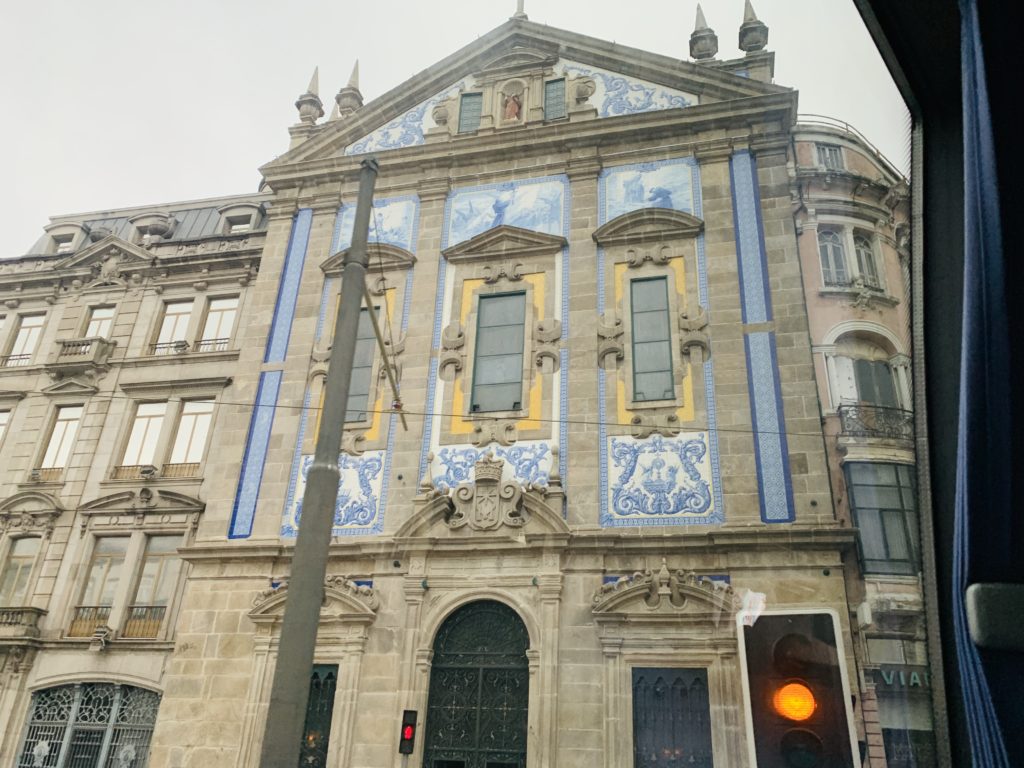
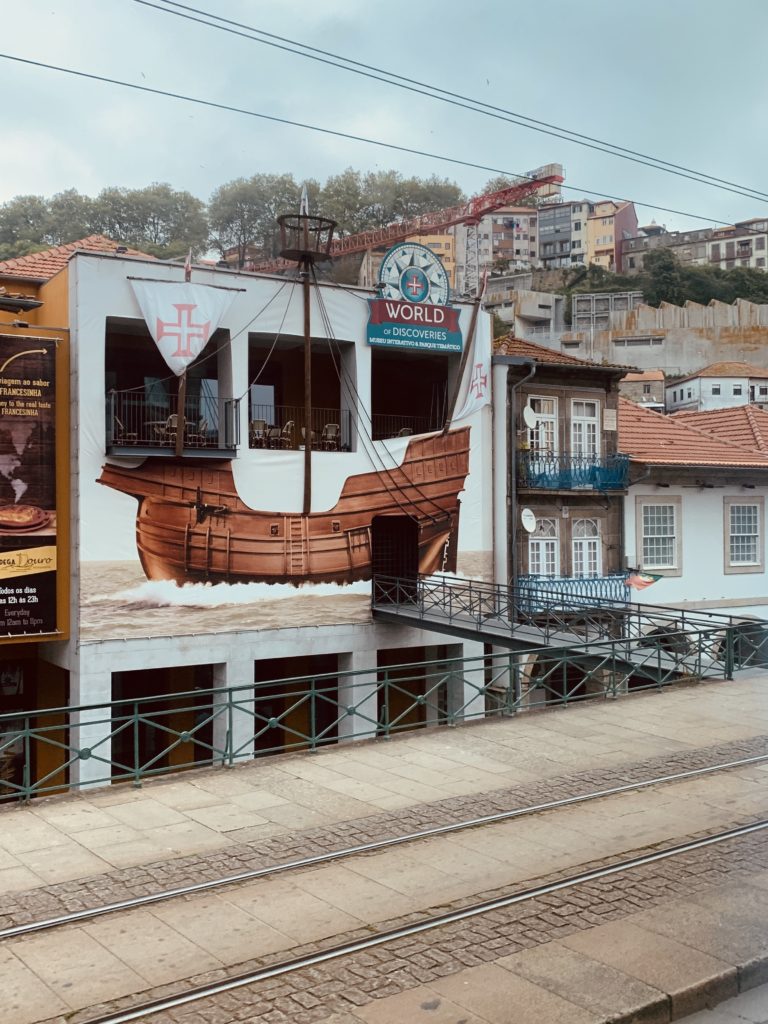
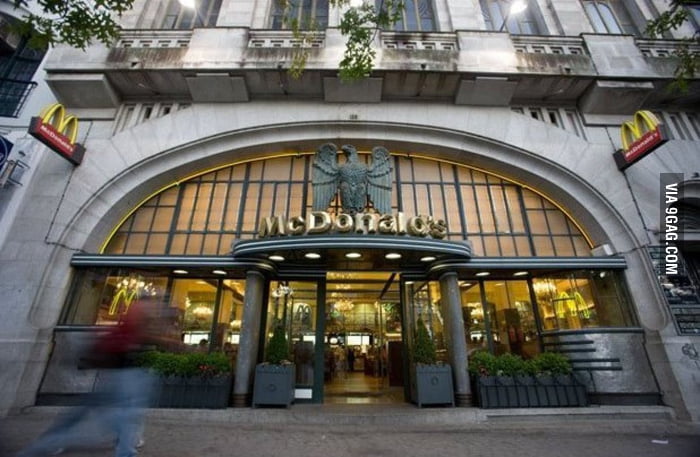

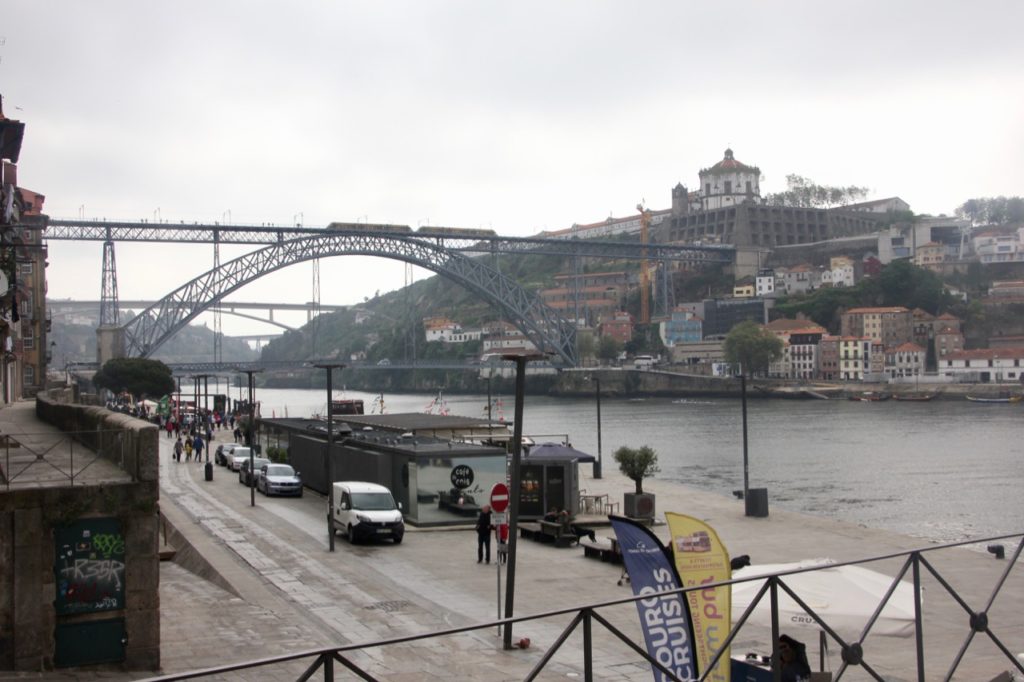
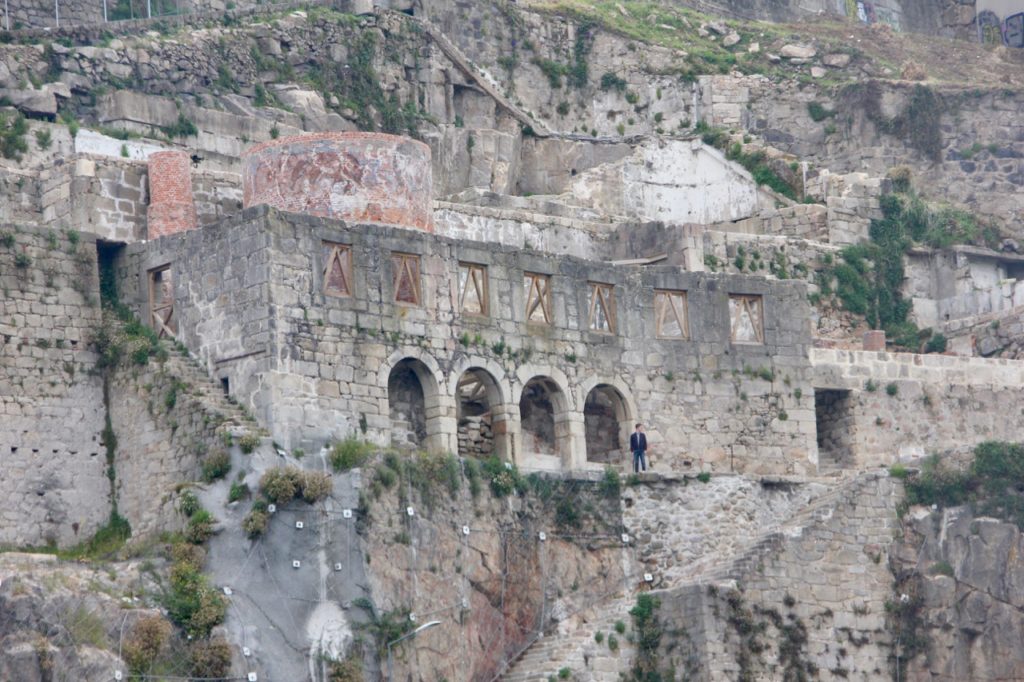
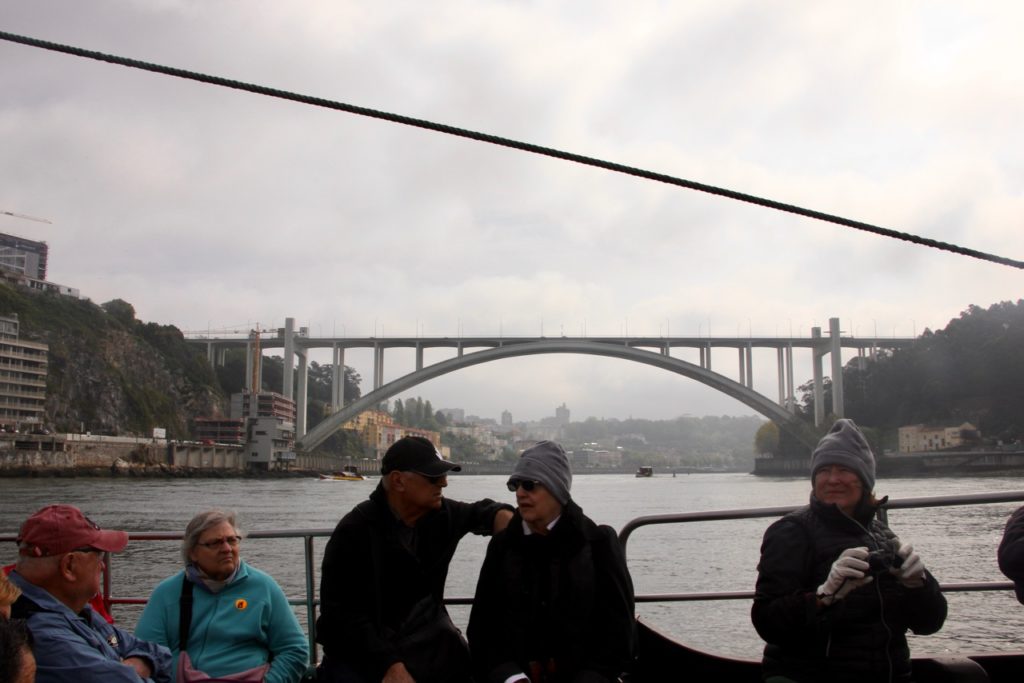
Love the video!!